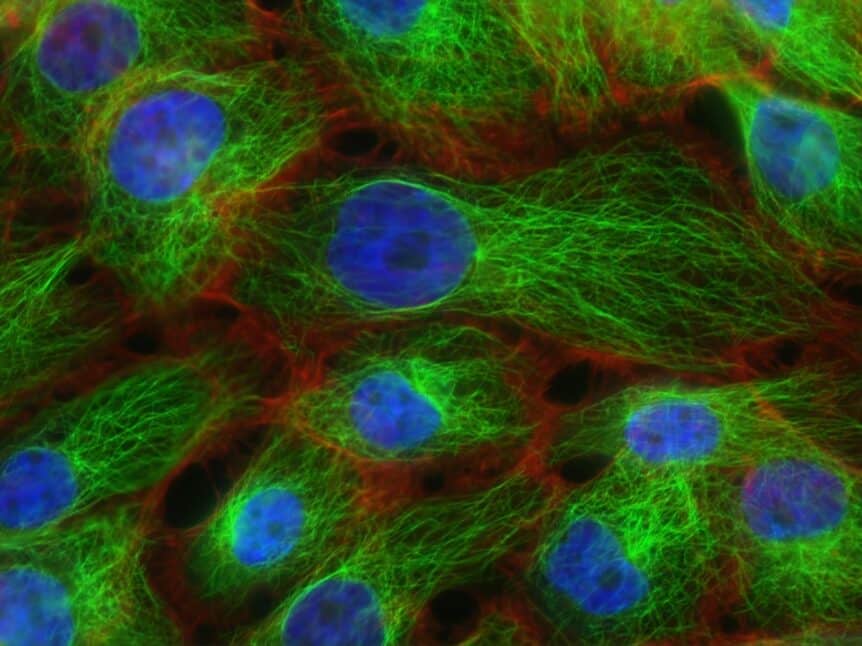Ok this article just blew me away because since evolution means that oranisms adjust over time to the environment they are in and the forces upon them there is new evidence that cells
“When the cells are placed on a flat surface, they align themselves and form structures similar to a field of wheat where the wind has passed through: there is an overall order with sudden changes in direction at punctual places. These changes in direction are called ‘topological defects’: they represent the places where the physical forces exerted on the cells are either very weak or, on the contrary, immense.”
This discovery lends further weight to the evidence to move and go about your day in a natural way. We are not built to just sit down and consume we are built to create and get out and our cells expect these forces to encourage them to organise themselves properly to create the correct tissue shape.
To learn more checkout the link below.
https://www.techexplorist.com/cells-organize-themselves-generate-forces-model-tissue-shape/44679/
Further reading
- Researchers Provide New Insight Into the Carefully Choreographed Dance of Nerve and Vascular Cells: Nerve cells require vast amounts of energy and oxygen which they receive through the bloodstream. This results in nerve tissue being densely intertwined with numerous blood vessels. However, what prevents neurons and vascular cells from interfering with each other during growth? Researchers from the Universities of Heidelberg and Bonn, in collaboration with international partners, have uncovered a mechanism that ensures this coordination. The findings have recently been published in the journal Neuron.
- Neural crest cells shown to change their future despite having decided a previous phenotype.
- Scientists Discover a New Class of “Molecular Motors”
- “It’s a new class of molecular motors! This one doesn’t move around like the kinesin motor that transports cargo along microtubules but performs work while staying in place. It’s a bit like the tentacles of an octopus.”
- The model we used is inspired by that of the classical Stirling engine cycle. While the traditional Stirling engine generates mechanical work by expanding and compressing gas, the two-component motor described uses proteins as the working substrate, with protein flexibility changes resulting in force generation. As a result, this type of mechanism opens up new possibilities for the development of synthetic protein engines,” adds Shashi Thutupalli
